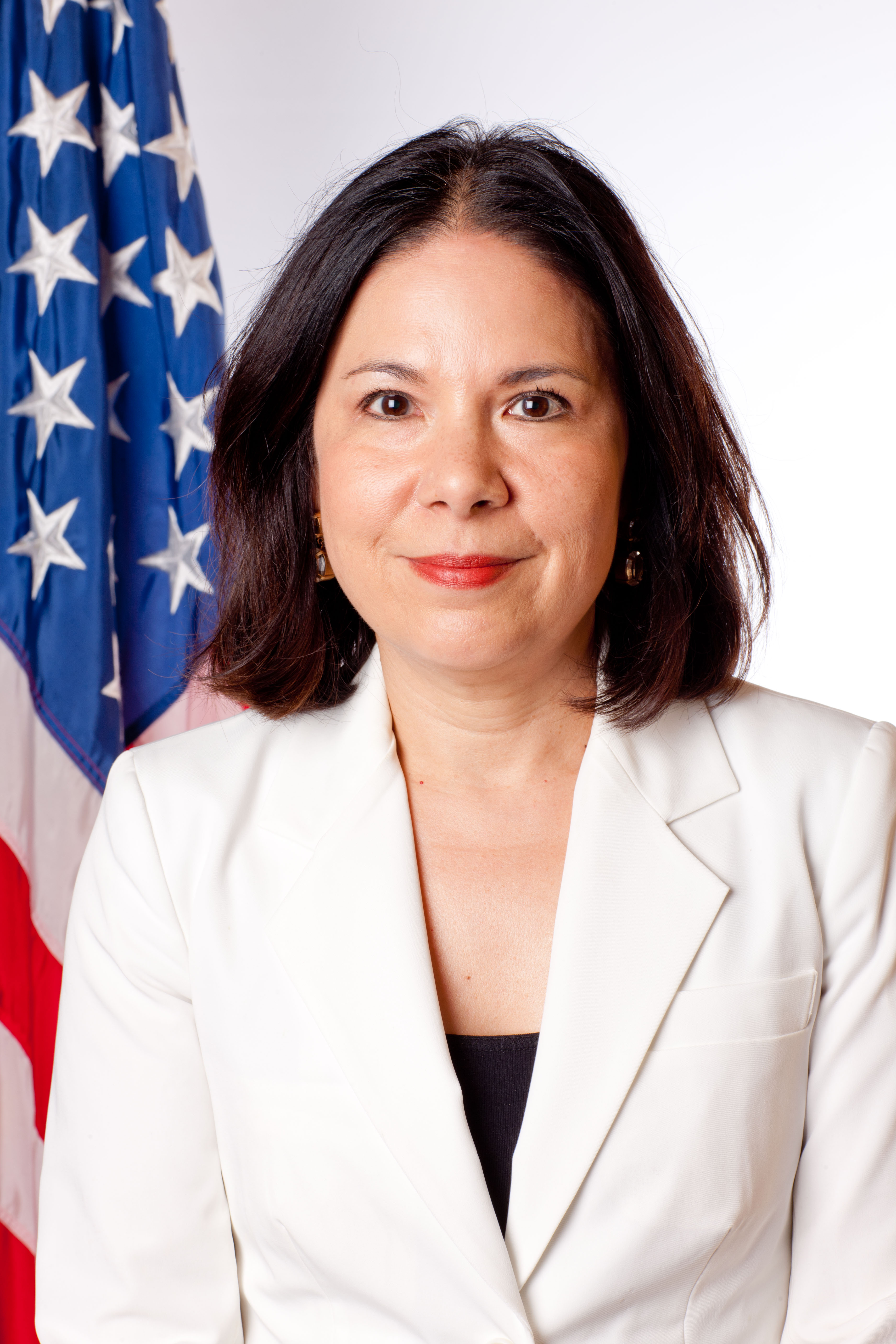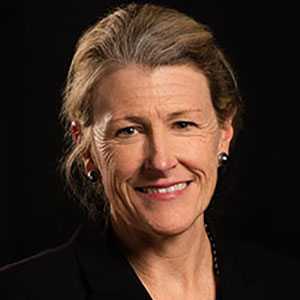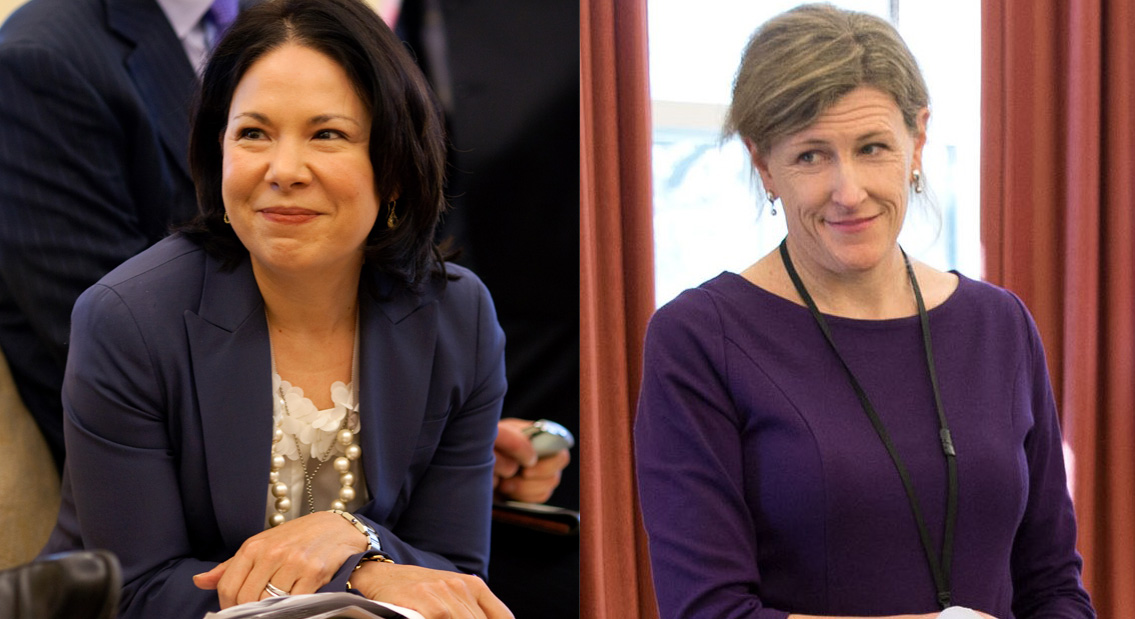
Womenu2019s importance in enacting, implementing, and defending the Affordable Care Act
A decade after it was signed into law, the Affordable Care Act’s story is still being written. Currently, our nation is locked in a battle with COVID-19—over 190,00 Americans have died and some 40 million have lost their jobs. The Affordable Care Act (ACA) has proven, yet again, important to our nation’s health—in this case, through its long-time support for the public health system as well as its coverage policy. In addition to millions who gained Medicaid as a result of the law, half a million people signed up for coverage in May due to the ACA’s special enrollment period. Also, yet again, the law’s survival is threatened by a Supreme Court challenge and President Trump’s persistent vows to “terminate” it. But one aspect of the ACA is locked in: it is the most significant reform legislation in recent American history.
Explanations proliferate about why President Barack Obama and the 111th Congress succeeded in health reform, while other efforts over many decades failed. Major proposals to change the United States’ health system have been prominent in presidential campaigns and platforms for the last century, suggesting that prioritization alone is insufficient.1 President Obama’s focused, effective, and values-driven leadership is often—and rightly—credited with the successful passage of the ACA. Close collaboration between the Democratic-led White House and Congress and a shared sense of urgency were also critical.2,3,4
As first-hand participants, we see another factor missing from evaluations so far: the singular role of women. Here, we review the leadership of women in devising, passing, implementing, and defending the ACA, and offer a perspective on why women made a difference.
Women’s role in enacting the ACA
The administration
A few weeks into his presidency, President Obama replaced his initial choice to shepherd health reform, former Senator Tom Daschle, with two women: Kathleen Sebelius as secretary of Health and Human Services (HHS) and Nancy-Ann DeParle as the director of the White House Office of Health Reform. Sebelius, a former Kansas governor, led outreach efforts, marshalled the resources of HHS, and testified before Congress. DeParle, a former administrator of the Centers for Medicare & Medicaid Services (CMS), managed the White House and interagency process, helped bridge the House-Senate differences, and served as the president’s point person. An executive order created both the White House Office of Health Reform and one at HHS, which Jeanne Lambrew, a former Office of Management and Budget (OMB) and HHS health policy leader, was set to run from the start.
As one of President Obama’s top priorities, health reform drew attention from virtually all senior White House staff, as well as dozens of junior staff, who participated in weekly and sometimes daily meetings to work through the ACA’s design, provide support to congressional staff in analyzing its impact, consider hundreds of amendments during committee markups, and manage public engagement. The HHS Office of Health Reform staffed this effort, and each major affected agency had experts on call.
Maintaining focus and cohesion in the White House and across the sprawling executive branch was challenging, especially with escalating opposition from the public, insurers, businesses, and advocates for other priorities. And while there was no visible disagreement within the administration about the primacy of health reform among President Obama’s domestic initiatives, two sometimes conflicting groups coalesced among those working on it: one dubbed the “Health Team” (because it included HHS and White House Office of Health Reform staff) and the other known as the “Economic Team” (because it included OMB, National Economic Council, Council of Economic Advisors, and Treasury Department staff). To some extent, this infighting is typical of life in the West Wing, but it was notable and somewhat discomfiting that the sparring occurred along gender lines: the Health Team was comprised mostly of women and the Economic Team mostly of men.
The agita largely subsided after the passage of the ACA, as some of the Economic Team departed and others stepped up to help with implementing and defending the law. But the disproportionate role of women in the ACA persisted.
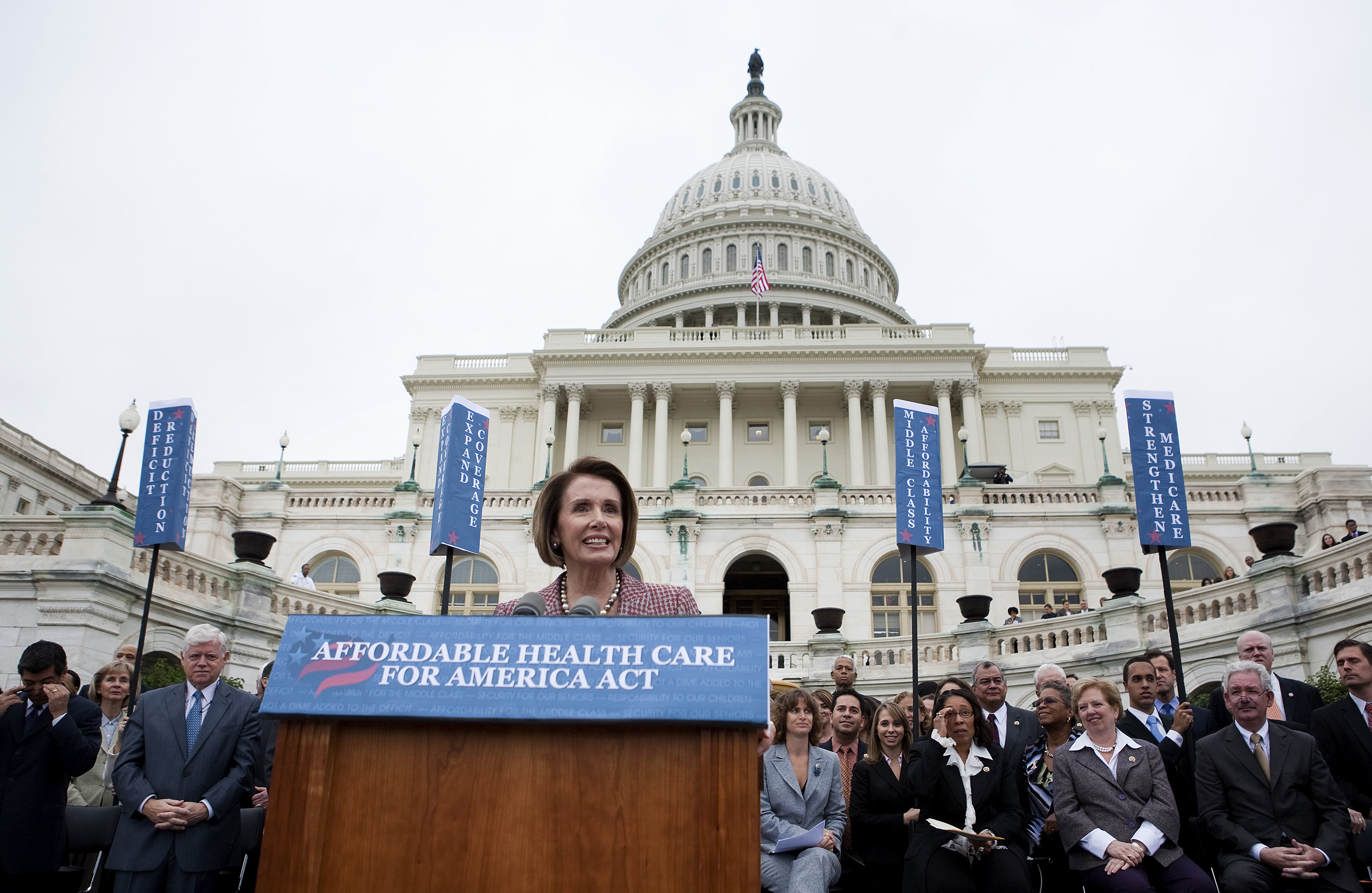
The Congress
Back to 2009: in Congress, Senate Majority Leader Harry Reid (D-Nev.) garnered 60 votes for passage on December 24 of that year, despite having none to spare. Yet, House Speaker Nancy Pelosi (D-Calif.) arguably had the hardest task. She had to convince the House to abandon its own hard-wrought bill to vote for the Senate’s version as modified by a reconciliation bill. She defused dozens of landmines on issues ranging from abortion to Medicare payment adequacy. The portrait of indefatigability, she was determined to pass the ACA against all odds: “We’ll go through the gate. If the gate’s closed, we’ll go over the fence. If the fence is too high, we’ll pole vault in. If that doesn’t work, we’ll parachute in, but we’re going to get health care reform passed for the American people.”
Behind the scenes, four out of the five authorizing committees had women as their health policy directors (Karen Nelson, Cybele Bjorklund, Michelle Varnhagen, and Liz Fowler) as did Senator Reid (Kate Leone) and House Majority Whip Steny Hoyer (D-Md.) (Liz Murray).5 They led the work of drafting the legislation, assessing amendments, securing timely estimates from the Congressional Budget Office, and engaging extensively with stakeholders.
They were remarkably and, in our experience, atypically collaborative. Three House committees delivered on Pelosi’s rare directive to develop a single cross-committee bill; the Senate, in contrast, had to merged two different committee bills that diverged in meaningful ways. The unusual degree of collegiality was encouraged by constant communication. Drawing on the lesson from President Lyndon B. Johnson taped to Nancy-Ann’s desk,6 she and Jeanne led House-Senate “bicam” meetings and calls multiple times a week—at key junctures, every morning at 9 a.m. and every night at 9 p.m.—to stay coordinated, resolve problems, and assign work.
Stakeholders
Outside of government, women led some of the key stakeholder groups making the hardest decisions to get the law passed. Sister Carol Keehan of the Catholic Health Association endorsed the ACA, with the support of thousands of nuns, despite the Catholic Church’s opposition to its abortion compromise. On the other side of that particular issue, Cecile Richards of Planned Parenthood and leaders of other women’s groups supported the bill despite deep misgivings about that same compromise. Nancy Nielsen, MD, as president of the American Medical Association, helped persuade the AMA’s leadership to support the ACA even though it failed to solve a long-standing Medicare reimbursement problem for physicians. Among many other women, Nancy LeaMond of AARP, Karen Ignagni of America’s Health Insurance Plans, and Anna Burger and Mary Kay Henry of SEIU (Service Employees International Union), stand out for their work to sustain their organizations’ support for the law.
Women’s roles in ACA implementation and defense
Of course, the story of the ACA did not end with its passage. Implementation was similarly fraught and also largely led by women; Secretary Sebelius and Marilyn Tavenner, the confirmed administrator of the Centers for Medicare and Medicaid Services (CMS) after the ACA’s passage. After the rough roll-out of HealthCare.gov, two new women stepped up: Sylvia Burwell as secretary of HHS and Kristie Canegallo as the first White House deputy chief of staff for Implementation. They helped forge systems, processes, and default policies and practices—many of which continue today. Women were leaders and drivers of the ACA legislative teams (e.g., Dana Singiser, Amy Rosenbaum), and communications teams (e.g., Anita Dunn, Linda Douglass, Stephanie Cutter, Tara McGuinness). And from the first to last day in the White House, Valerie Jarrett and Cecilia Munoz, through the Office of Public Engagement and Domestic Policy Council, contributed in numerous ways, not least by supporting women in this unusually demanding workplace.
The ACA drama continued beyond the Obama administration. In 2017, when Senator John McCain (R-Ariz.) cast his “thumbs down” vote against repeal, he followed women stalwarts Senators Susan Collins (R-Maine) and Lisa Murkowski (R-Alaska). (Notably, the only Republican Senator to vote for a version of the ACA in 2009 was Olympia Snowe from Maine.)
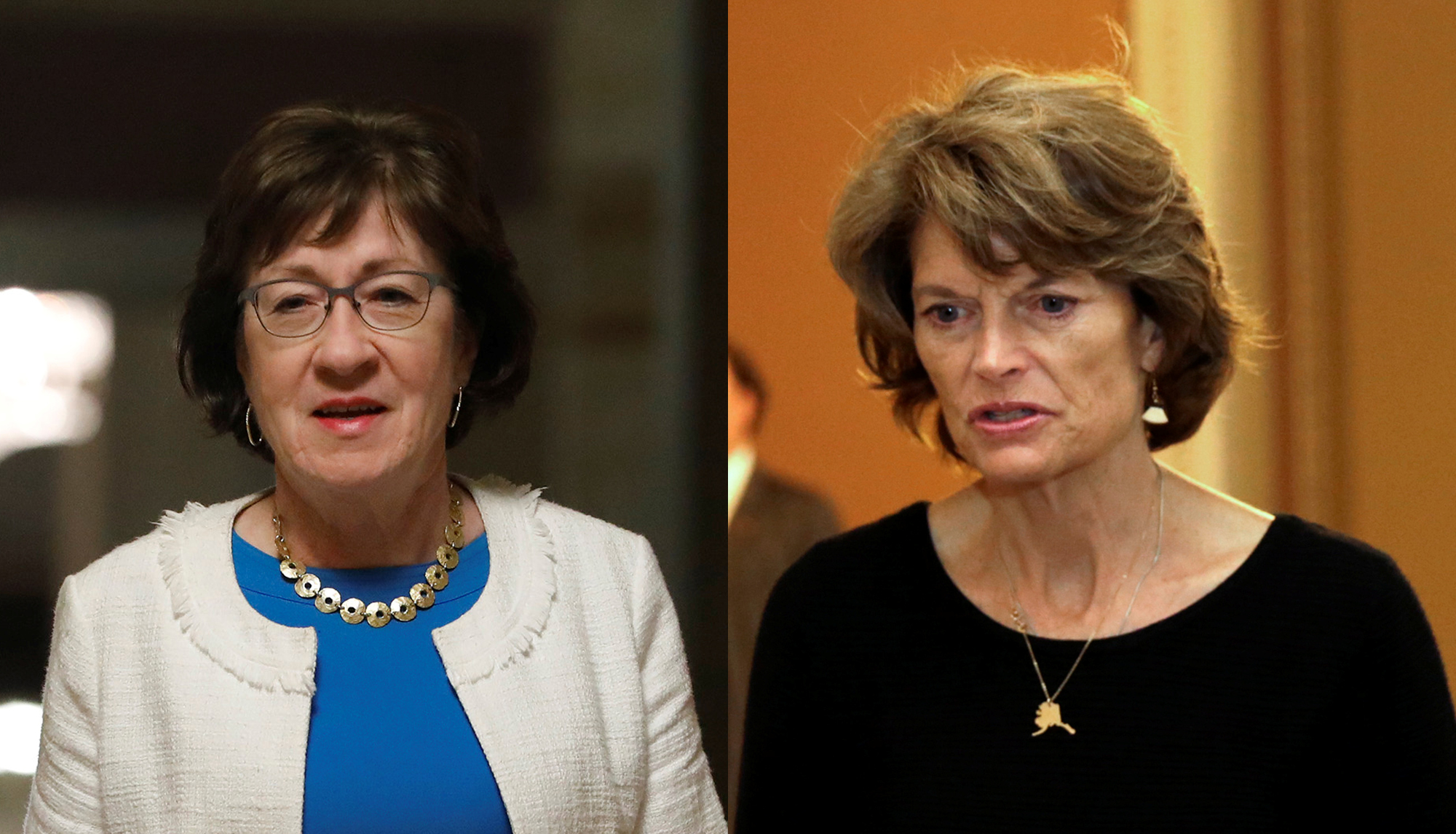
Women’s role in failed health reform efforts
The outsized role of women differentiates the ACA from other reform efforts. Few women appear in the narratives of the failed health initiatives of Presidents Truman, Nixon, and Trump.7 President Clinton’s 1993-94 attempt was led by First Lady Hillary Rodham Clinton; Donna Shalala was secretary of HHS; and we (Nancy-Ann and Jeanne) participated at OMB and HHS. Women were well—but not disproportionately—represented. Importantly, the White House point person (Ira Magaziner) and all congressional leaders and the majority of the staff were men. Similarly, President Trump’s 2017 effort to repeal the ACA was engineered by HHS Secretary Tom Price, OMB Director Mick Mulvaney, and White House staffer Andrew Bremberg. Seema Verma, the CMS administrator, was the only visible woman. In Congress, the majority leaders and committee chairs were all male. Indeed, a veteran House staffer observed that while women were largely absent from the Republicans’ ACA repeal effort, they were present in force in the successful passage of the Republican tax cut bill in 2017, arguably the Trump administration’s top legislative accomplishment.
Men’s role in the ACA history
To be sure, many male colleagues were instrumental in the ACA’s passage and perseverence, starting with the extraordinary leadership of President Obama. Within the administration, Phil Schiliro, director of the White House Office of Legislative Affairs, orchestrated the legislative strategy; Michael Hash steered policy as the deputy of the White House and HHS Offices of Health Reform; Mark Childress, Pete Rouse, Denis McDonough, Rahm Emanuel, David Axelrod, Jim Messina, Jason Furman, and Jeff Zients played instrumental roles in strategy and problem-solving at moments of crisis. Solicitor General Don Verilli’s successful defense of the ACA at the Supreme Court in 2012 literally saved the law. And in Congress, too many men participated in the ACA history to name—including then-Senate Majority Leader Reid and three House and two Senate committee chairs—as well as long-time health staff person to Speaker Pelosi, Wendell Primus.
Discussion
It may be a coincidence that health reform happened just at the time when representation of women at the highest levels of government increased. The prevalence of women in the ACA’s history reflects trends in public policy8 as well as in medicine.9 That said, in our experience, the large share of women involved in health reform made a qualitative difference. The women we worked with displayed extraordinary dedication and perseverance, sticking with the work for prolonged periods of time and when others wanted to “cut losses” and secure smaller, easier gains such as universal coverage limited to children. They tended to manage their own egos and those of others, which may be why few appear in narratives on health reform to date. We also found that women tended to stay longer at the proverbial table, willing to seek compromise consistent with bold goals. That said, we are not experts on political science or gender studies: we were participants and, being women ourselves, are biased. We also hope that our views do not reinforce stereotypes, especially since exceptions—women who did not fit our characterization as well as men who did—were common.
That said, if asked, “Did women’s involvement make a difference in the ACA’s success?” Our answer, unequivocally, is yes. Certainly, many men invested years of their lives to passing the ACA. But women drove the policy development and the process day in and day out from January 2009 through the bill’s passage in March 2010. They led implementation and were key at critical moments in its defense to this day with Speaker Pelosi’s House defending the law at the Supreme Court. In the past decade, these women kept their eyes on the prize: passage and implementation of historic health reform that had eluded presidents and Congresses for generations.
- Lambrew JM. Getting ready for health reform 2020: What past presidential campaigns can teach us [Internet]. New York: The Commonwealth Fund; 2018 June 26 [cited 2019 Oct 14]. Available from: https://www.commonwealthfund.org/publications/fund-reports/2018/jun/getting-ready-health-reform-2020-presidential.
- Morone JA. Presidents and health reform: From Franklin D. Roosevelt to Barack Obama. Health Affairs (Millwood). 2010; 29(6):1096-1100.
- Blumenthal B, Morone J. The heart of power: health and politics in the Oval Office. California: University of California Press; 2010.
- Shactman D, Altman S. Power, politics, and universal health care: The inside story of a century-long battle. New York: Prometheus Books; 2011.
- Jenelle Krishnamurthy and Tamar Margarik-Haro also had key roles on the HELP committee effort when Senator Kennedy stepped down and first Senator Dodd, and then Senator Harkin, assumed leadership of the committee.
- Lyndon B. Johnson: “There is but one way for a President to deal with the Congress, and this is continuously, incessantly, and without interruption.” Kearns D. Lyndon Johnson and the American Dream. New York: Harper and Row; 1976: 226.
- We note that recent reviews of the ACA appear similarly male-dominated; see, e.g., Brill S. America’s bitter pill: money, politics, backroom deals, and the fight to fix our broken health care system. New York: Random House Publishing Group; 2015. As such, it is possible that the apparent lack of women is an artifact of the reluctance of women to be on the record.
- Profile. General public policy analysis [Internet]. Cambridge, MA: Data USA [no date: data for 2016] [cited 2019 Oct 14]. Available from: https://datausa.io/profile/cip/general-public-policy-analysis#demographics.
- Press release. Women were majority of U.S. medical school applications in 2018 [Internet]. Washington, DC: Association of American Medical Colleges; 2018 Dec 4 [cited 2019 Oct 14]. Available from: https://www.aamc.org/news-insights/press-releases/women-were-majority-us-medical-school-applicants-2018
This piece is part of 19A: The Brookings Gender Equality Series. Learn more about the series and read published work »

